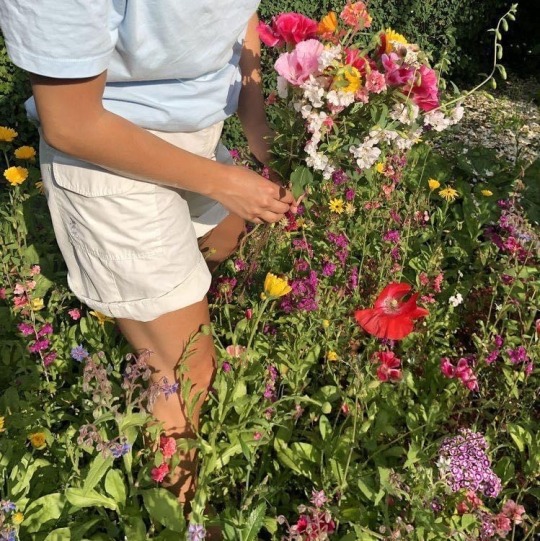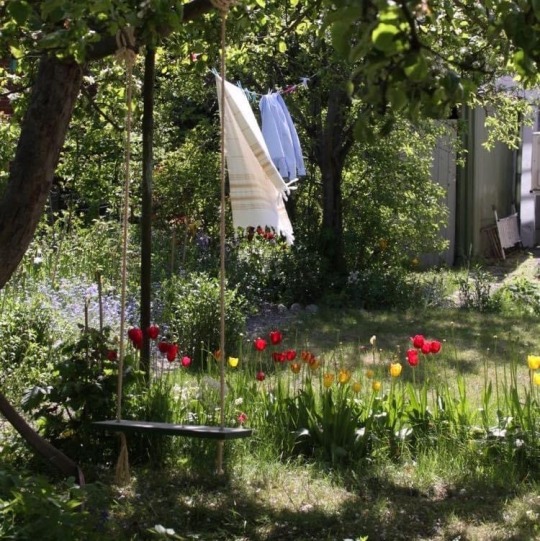Here you’ll find photographs, images, illustrations, art, quotes and anything inspiring/melancholic. I’m not the creator of this content, if possible I share creator and page. If you know the name share it by msg.
Don't wanna be here? Send us removal request.
Text









Mexican photographer Flor Garduño has developed her own style through capturing the everyday. Her work has focused on the Mexican countryside, still life, feminine design, portraiture and architecture.
#aestheitcs#aestetictumblr#aesthetic#art#photogram#portrait photography#film photography#black and white photography#photo#flor garduño#surreal#surreal photography#surrealism#black and white
1 note
·
View note
Text

Just love a good leaf 🍃
#leafs#aestheitcs#aestetictumblr#light as a leaf#plant#plants#plantblr#plant photography#plantcore#plantslover#plant lover#massive#green
6 notes
·
View notes
Text




Sea shell glasses are so ethereal 🐚
#aestheitcs#aestetictumblr#aesthetic#artistic#art#artwork#arte#shells#sea shells#shellfish#glasses#ethereal#surreal#drinks#drink#wine#pearlescentmoon#sea
5 notes
·
View notes
Text








Frankenstein florals by Jennifer Latour (@bonjourlatour)
Her ephemeral sculptures are surprisingly abstract and geometric considering the organic forms they're made of. Using her background in special effects make-up to inform structures, she creates each patchwork species by hand.
https://www.instagram.com/bonjourlatour
#aestheitcs#aestetictumblr#aesthetic#artistic#art#artwork#arte#flower#flowers#frankenstein#Jennifer latour#floral art#floral artist#surreal photography#surreal#photography#asymmetrical#angles#plants#plantlife#plant photography#plantcore
12 notes
·
View notes
Text









GUILLERMO DEL TORO'S SKETCHBOOKS 😱
Long sessions of drawing, writing and thinking, bring together drafts and ideas that are proof of the great talent of a man whose mind constantly travels to the beautiful and dangerous lands of terror and fantasy.
Among the sketches gathered in his book, there are graphic and literary references to films such as Hellboy, Pan's Labyrinth, or the vampires from his novels Nocturna, Oscura and Eterna that gave way to the series The Strain and many other drawings of projects by the Mexican director.
Guillermo del Toro has dedicated his entire life to the creatures that have inhabited his imagination since childhood, capturing that passion and love through his films, scripts and novels that have enchanted the minds of thousands of viewers. His SketchBooks are full of brilliant, detailed ideas; comparable to Leonardo Da Vinci's notes, since he captures everything that is bubbling in his head in these notebooks that are the precursor to the final product that we see in his scripts, stories and films.
•••••••••••••••••••••••••••••••••••••••••••••••••
LOS SKETCHBOOK DE GUILLERMO DEL TORO
Largas sesiones de dibujo, escritura y pensamiento, reúnen borradores e ideas que son muestra del gran talento de un hombre cuya mente viaja constantemente a los bellos y peligrosos terrenos del terror y la fantasía.
Entre los bosquejos reunidos en su libro, se encuentran referencias gráficas y literarias a cintas como Hellboy, El Laberinto del Fauno, o los vampiros de sus novelas Nocturna, Oscura y Eterna que dieron paso a la serie The Strain y muchos otros dibujos de proyectos del director mexicano.
Guillermo del Toro ha dedicado su vida entera a las criaturas que habitan en su imaginación desde la niñez, plasmando ésa pasión y amor a través de sus cintas, guiones y novelas que han hechizado la mente de miles de espectadores. Sus SketchBook están repletos de ideas geniales, detallados; comparables con los apuntes de Leonardo Da Vinci, ya que plasma todo lo que bulle en su cabeza en estos cuadernos que son el antecedente al producto final que vemos en sus libretos, relatos y películas y.
#guillermo del toro#del toro#film director#movie director#hellboy#sketching#sketchbook#sketch#inspire#inspiration#movie#movies#cine#cinephile#cinemetography#creature#imagination
8 notes
·
View notes
Text








Photos by Dora Maar, photographer and painter
#dora maar#surreal photography#surrealism#surreal#portrait photography#film photography#black and white photography#artistic#arte#artwork#collage
18 notes
·
View notes
Text
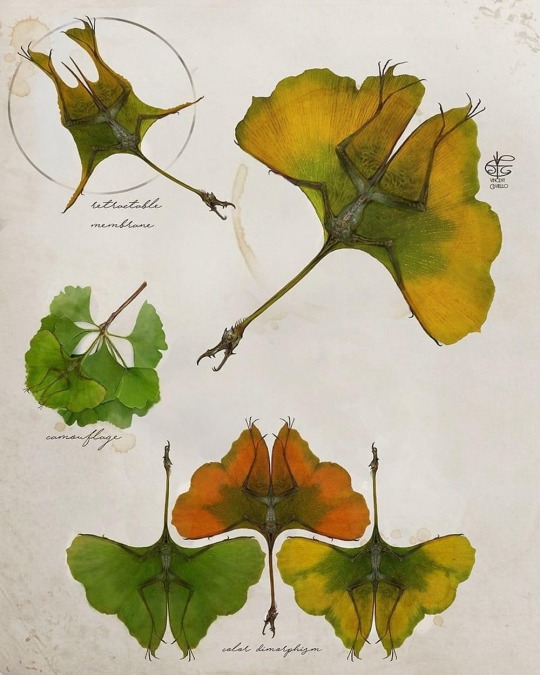
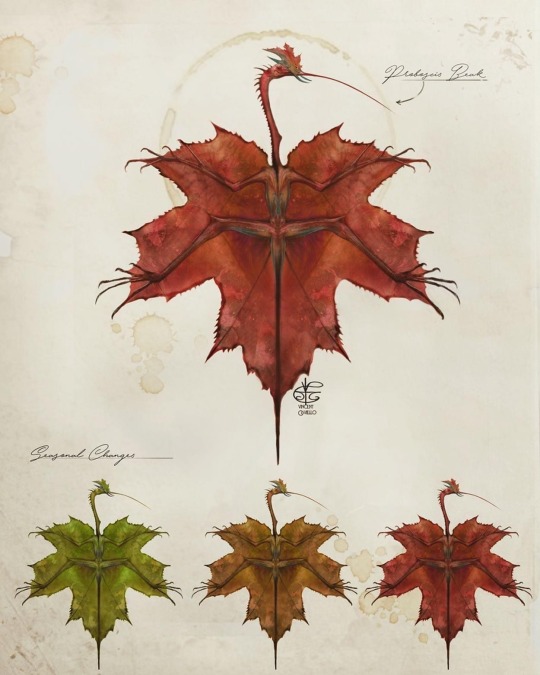
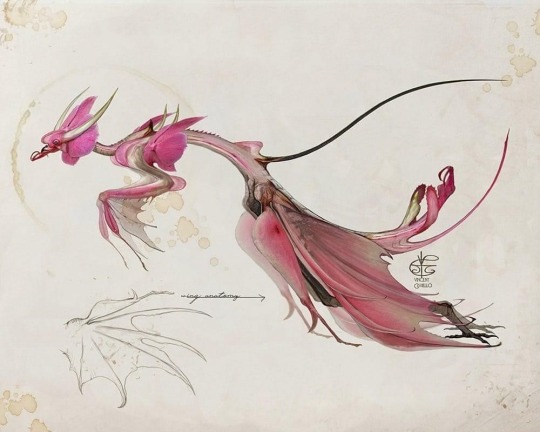
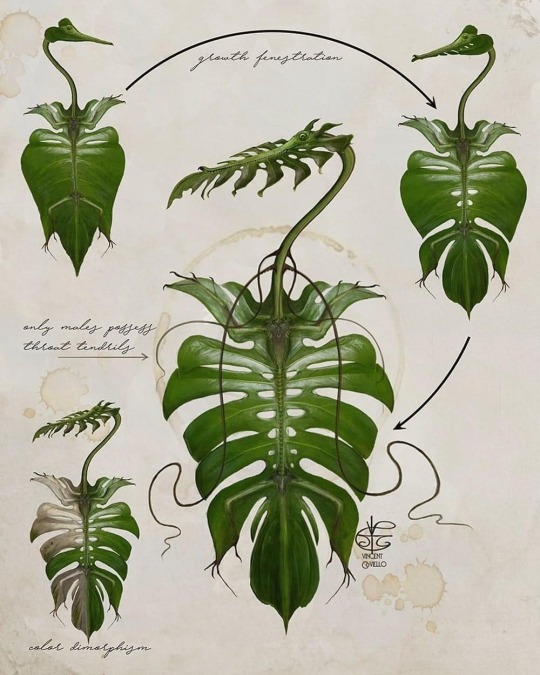
Botanical mimic drakes, from American artist/fantasy-world naturalist Vincent Coviello.
#botanical#botanical art#botanical artist#fantasy art#fantasy#fantasy artist#dragon art#dragons#autumn leaves#leaves#maple#ginko#orchid#monster art#monstera deliciosa#aestheitcs#aestetictumblr#aesthetic#art#artistic#Vincent coviello#illustration#illustrator
17 notes
·
View notes
Text




The mystical abstraction of American artist Helvetica Blanc.
#aestheitcs#aestetictumblr#aesthetic#artistic#art#stars#abstract art#abstragedy#illustration#illustrative art#imagination#imaginary#imaginarium#expressionism#expressionistic#surrealism#surreal#dark
5 notes
·
View notes
Text








Tove Jansson, creator of the #Moomin reimagined “Alice in Wonderland” on her style ♦️🐇
#aliciaenelpaisdelasmaravillas #tovejansson #ilustración
#aestheitcs#alice in wonderland#alice in madness#tove jansson#illustrator#moomin#creator#drawing#artistic#art#alicia en el pais de las maravillas#poker#roses#red queen#absolem#cheshire cat#kitty cheshire#alice
39 notes
·
View notes
Text

Pero el demonio más violento soy yo mismo. Sobre todo desde que perdí la guerra mundial del amor. Me convertí en un puto árbol de Navidad durante todo el año, de esos que abandonas en la acera después de despojarlo de todos sus adornos.
El beso más pequeño, Mathias Malzieu
#libros#mathias malzieu#el beso más pequeño#christmas tree#surrealism#surreal#surreal photography#surreal portrait#blavk and white#aestheitcs#aestetictumblr#aesthetic#artistic#art#artwork#artsy
1 note
·
View note
Text

This mug represents me
#aestheitcs#aestetictumblr#aesthetic#art#artistic#artwork#artsy#mug#coffee mug#mugman#coffee#coffetime#overthinking#overthinker
112 notes
·
View notes
Text
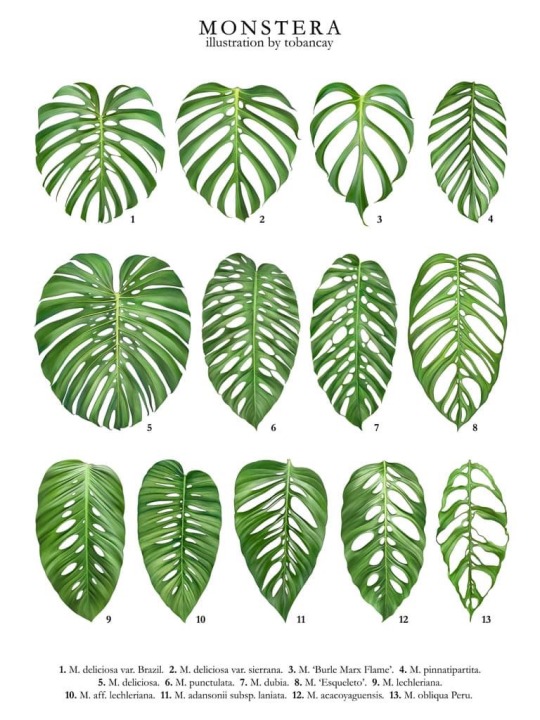
𝗠𝗼𝗻𝘀𝘁𝗲𝗿𝗮
𝘔𝘰𝘯𝘴𝘵𝘦𝘳𝘢 is a genus of plants in the Araceae family that is extremely popular among plant collectors or indoor growers. The Monstera genus has about 50 recorded plant species, however variations within each species are quite numerous and leaf shape continuously changes through stages throughout the developmental life cycle. The Tobancay classification table compiled includes the common and easily confused species, types or forms of 13 popular 𝘔𝘰𝘯𝘴𝘵𝘦𝘳𝘢 types, listed specifically below:
𝟭. 𝗠𝗼𝗻𝘀𝘁𝗲𝗿𝗮 𝗱𝗲𝗹𝗶𝗰𝗶𝗼𝘀𝗮 𝘃𝗮𝗿. 𝗕𝗿𝗮𝘇𝗶𝗹/ 𝗠𝗼𝗻𝘀𝘁𝗲𝗿𝗮 𝗕𝗿𝗮𝘇𝗶𝗹𝗹𝗶𝗮𝗻 𝗰𝗼𝗺𝗺𝗼 𝗻 𝗳𝗼𝗿𝗺
This is a variety of species 𝘔. 𝘥𝘦𝘭𝘪𝘤𝘪𝘰𝘴𝘢, said to originate from Brazil, with deeper cuts and only one row of wide holes or an additional row of small holes close to the midrib; The leaf shape is round, the tips of the leaf lobes are pointed and curved.
𝟮. 𝗠𝗼𝗻𝘀𝘁𝗲𝗿𝗮 𝗱𝗲𝗹𝗶𝗰𝗶𝗼𝘀𝗮 𝘃𝗮𝗿. 𝘀𝗶𝗲𝗿𝗿𝗮𝗻𝗮
Previously it was scientifically described by G.S. Bunting in 1965 and classified as a lower level (variety) of Monstera deliciosa, now it has been grouped together and considered a variant of this species. 𝘔. 𝘥𝘦𝘭𝘪𝘤𝘪𝘰𝘴𝘢 var. 𝘴𝘪𝘦𝘳𝘳𝘢𝘯𝘢 was first found in 1961 in the Sierra de Juárez mountain range in the state of Oaxaca, Mexico. The outstanding features of its leaf shape are 2 very low leaf base lobes, deep slits near the middle of the leaf veins, curved and pointed tip, with only very few holes arranged in a row on each side.
𝟯. 𝗠𝗼𝗻𝘀𝘁𝗲𝗿𝗮 ‘𝗕𝘂𝗿𝗹𝗲 𝗠𝗮𝗿𝘅 𝗙𝗹𝗮𝗺𝗲’
This type was often mistakenly labeled Monstera dilacerata, however this name is a synonym of 𝘌𝘱𝘪𝘱𝘳𝘦𝘮𝘯𝘶𝘮 𝘱𝘪𝘯𝘯𝘢𝘵𝘶𝘮. Its cultivar name is given to Roberto Burle Marx, most of the later seedlings were propagated from the first specimen in his personal plant collection and since he left no notes about this specimen, it has not been used. clear where it comes from. It is also hypothesized that 𝘔. ‘𝘉𝘶𝘳𝘭𝘦 𝘔𝘢𝘳𝘹 𝘍𝘭𝘢𝘮𝘦’ is a variation of 𝘔. 𝘥𝘦𝘭𝘪𝘤𝘪𝘰𝘴𝘢 var. 𝘴𝘪𝘦𝘳𝘳𝘢𝘯𝘢, their appearance has many similarities, except for the deeper cuts, the leaf lobes are thinner, sharper and more curved towards the end, the overall shape is also more elongated and has almost no holes.
𝟰. Schott 𝗠𝗼𝗻𝘀𝘁𝗲𝗿𝗮
This species was first scientifically described by H.W. Schott in 1857, and its natural distribution range stretches from Costa Rica to Ecuador and Venezuela. Its name is given to the characteristic of mature leaves divided into lobes according to a pinnate structure. The leaf shape is long oval or elliptical and can have 2 colors when young, gradually disappearing when mature; The leaf lobes are deeply cut into the midrib and have almost no holes. The adult leaf size can reach 70 cm in length.
𝟱. 𝗠𝗼𝗻𝘀𝘁𝗲𝗿𝗮 𝗱𝗲𝗹𝗶𝗰𝗶𝗼𝘀𝗮 Liebm.
Native from Mexico to Panama and first scientifically described by Liebmann in 1849, it quickly became popular and was grown as an ornamental plant and for its fruit. The name of the Genus 𝘔𝘰𝘯𝘴𝘵𝘦𝘳𝘢 is derived from the Latin word ‘monstrum’ meaning ‘bizarre, extraordinary’ and the species name ‘deliciosa’ meaning ‘delicious’. It is a highly diverse species, many of its designs and variations are found and recorded in nature as well as selective breeding. The most common type has a round gourd leaf shape, mature leaves are divided into many closely spaced lobes, on the leaf blades there are one to two rows of large holes and small random holes, the number of holes and slits depends on factors. environment; Leaf size can reach more than 90 cm in optimal conditions.
𝟲. 𝗠𝗼𝗻𝘀𝘁𝗲𝗿𝗮 𝗽𝘂𝗻𝗰𝘁𝘂𝗹𝗮𝘁𝗮 (Schott) Schott ex Engl.
Has a distribution range from Mexico to Panama, first scientifically described in 1879. 𝘔𝘰𝘯𝘴𝘵𝘦𝘳𝘢 𝘱𝘶𝘯𝘤𝘵𝘶𝘭𝘢𝘵𝘢 has many similar characteristics to the more common species 𝘔𝘰𝘯 𝘴𝘵𝘦𝘳𝘢 𝘥𝘶𝘣𝘪𝘢, however its leaf blade is wider, the two leaf bases are shaped Full heart-shaped, mature leaves can reach 120 cm in length.
𝟳. 𝗠𝗼𝗻𝘀𝘁𝗲𝗿𝗮 𝗱𝘂𝗯𝗶𝗮 (Kunth) Engl. & K. Krause
Native plant of Central and South America, first scientifically described in 1908. Sometimes 𝘔𝘰𝘯𝘴𝘵𝘦𝘳𝘢 𝘥𝘶𝘣𝘪𝘢 is also sold as 'shingle plant', referring to the characteristic of scaly leaves when young, the leaves also has a layer of sparkling silver that gradually disappears as it matures, at which point the leaves begin to have holes and splits. Mature leaf blades have an elongated oval shape, each side has 1-3 rows of holes, both sides of the leaf base are narrow and deep, mature leaves can reach 100 cm in length.
𝟴. 𝗠𝗼𝗻𝘀𝘁𝗲𝗿𝗮 ‘𝗘𝘀𝗾𝘂𝗲𝗹𝗲𝘁𝗼’
Previously, it was often mistakenly sold as 𝘔𝘰𝘯𝘴𝘵𝘦𝘳𝘢 𝘦𝘱𝘪𝘱𝘳𝘦𝘮𝘯𝘰𝘪𝘥𝘦𝘴, however. 𝘔. 𝘦𝘱𝘪𝘱𝘳𝘦𝘮𝘯𝘰𝘪𝘥𝘦𝘴 is a species in nature and is very rare in the market, while 𝘔. 'Esqueleto' is a variety of unknown origin and is being sold quite commonly.
This mistake was corrected at the end of 2019, and the members of 𝗠𝗼𝗻𝘀𝘁𝗲𝗿𝗮 𝗘𝗻𝘁𝗵𝘂𝘀𝗶𝗮𝘀𝘁𝘀 temporarily named 'Esqueleto' instead, the word in Spanish Nha means 'skeleton' or ' 'skeleton' by the dense perforated structure on the leaves, mature leaf size can reach more than 60 cm with impressively wide holes.
𝟵. Schott 𝗠𝗼𝗻𝘀𝘁𝗲𝗿𝗮
Naturally distributed from Mexico to Venezuela and Bolivia, first collected by Wilibald Lechler in Peru and scientifically described by H.W. Schott in 1860. The leaf blade is oval, the leaf surface is glossy, with few veins and quite a few holes. Small sized holes distributed in a row mainly on each side of the leaf. This is also one of the 𝘔𝘰𝘯𝘴𝘵𝘦𝘳𝘢 species that has an extremely large size when mature, the leaf length can reach 120 cm, so it also has another synonym name 𝘔𝘰𝘯𝘴𝘵𝘦𝘳𝘢 𝘮𝘢𝘹𝘪 𝘮𝘢.
𝟭𝟬. 𝗠𝗼𝗻𝘀𝘁𝗲𝗿𝗮 𝗮𝗳𝗳. 𝗹𝗲𝗰𝗵𝗹𝗲𝗿𝗶𝗮𝗻𝗮
A type of 𝘔𝘰𝘯𝘴𝘵𝘦𝘳𝘢 is very popular and widely sold, in the past most gardens used the same name 𝘔𝘰𝘯𝘴𝘵𝘦𝘳𝘢 𝘢𝘥𝘢𝘯𝘴𝘰𝘯𝘪 𝘪 refers to the common leaf type when young, for mature plants it is sold as Monstera adansonii giant, Monstera lechleriana or Monstera acuminata, however recently this name has been corrected, this is a species and has no official scientific description, so it can only be temporarily called 𝘔𝘰𝘯𝘴𝘵𝘦𝘳𝘢 sp./ 𝘔𝘰𝘯𝘴𝘵𝘦𝘳𝘢 NoID or 𝘔𝘰𝘯𝘴𝘵𝘦𝘳𝘢 aff. 𝘭𝘦𝘤𝘩𝘭𝘦𝘳𝘪𝘢𝘯𝘢, its origin is also unclear. Just like other 𝘔𝘰𝘯𝘴𝘵𝘦𝘳𝘢 species, 𝘔. aff. 𝘭𝘦𝘤𝘩𝘭𝘦𝘳𝘪𝘢𝘯𝘢 has many stages of morphological development, the more mature the holes on the leaf become smaller, arranged in a row of main holes and a row of smaller and fewer holes near the main vein, the leaf has a pointed elliptical shape at the tip and two sides. Leaf base lobes are asymmetrical, mature leaves can reach more than 80cm.
𝟭𝟭. 𝗠𝗼𝗻𝘀𝘁𝗲𝗿𝗮 𝗮𝗱𝗮𝗻𝘀𝗼𝗻𝗶𝗶 𝘀𝘂𝗯𝘀𝗽. 𝗹𝗮𝗻𝗶𝗮𝘁𝗮 (Schott) Mayo & I.M.Andrade
The species 𝘔𝘰𝘯𝘴𝘵𝘦𝘳𝘢 𝘢𝘥𝘢𝘯𝘴𝘰𝘯𝘪𝘪 is very rare and difficult to find on the market, however its subspecies is 𝘔𝘰𝘯𝘴𝘵𝘦𝘳𝘢 𝘢𝘥𝘢𝘯𝘴𝘰𝘯𝘪𝘪 subsp. 𝘭𝘢𝘯𝘪𝘢𝘵𝘢 is very common, this subspecies is naturally distributed in the tropical regions of Central and South America, and was first scientifically described in 1879. Characteristic identification features of 𝘔. 𝘢𝘥𝘢𝘯𝘴𝘰𝘯𝘪𝘪 subsp. 𝘭𝘢𝘯𝘪𝘢𝘵𝘢 is the wing part of the leaf petiole that dries and falls off, the two lobes at the base of the leaf are asymmetrical, one side has a rounded square corner, the other side is half a heart shape. The hole is narrow and long, consisting of a row of large holes and a few small holes near the midrib. Mature leaves can be up to 60 cm long.
𝟭𝟮. Matuda.
A native plant of Belize, Guatemala, and Mexico, first scientifically described by Matuda in 1949, the first specimen was found in Acacoyagua, Chiapas state of Mexico. 𝘔𝘰𝘯𝘴𝘵𝘦𝘳𝘢 𝘢𝘤𝘢𝘤𝘰𝘺𝘢𝘨𝘶𝘦𝘯𝘴𝘪𝘴 has oval leaf blades, glossy leaf surface, wavy leaf edges, random large and small holes, mature leaves can reach a length of 10 0 cm.
𝟭𝟯. 𝗠𝗼𝗻𝘀𝘁𝗲𝗿𝗮 𝗼𝗯𝗹𝗶𝗾𝘂𝗮 𝗣𝗲𝗿𝘂
𝘔𝘰𝘯𝘴𝘵𝘦𝘳𝘢 𝘰𝘣𝘭𝘪𝘲𝘶𝘢 is a native species of Central and South America, highly diverse with many variations and leaf shapes depending on the natural distribution location, the most common type is 𝘔𝘰𝘯𝘴𝘵 𝘦𝘳𝘢 𝘰𝘣𝘭𝘪𝘲𝘶𝘢 Peruvian also known as Peruvian form originates from Peru. 𝘔. The Peruvian plant impresses with its slender beauty thanks to its large and wide hole system, occupying most of the leaf area; This is also one of the few types of 𝘔𝘰𝘯𝘴𝘵𝘦𝘳𝘢 that keeps its compact size even when mature, the leaf length only reaches about 25-30cm.
*The article was compiled and compiled by Tobancay. When reposting elsewhere, my consent is required. Every contribution is appreciated and acknowledged by me!
#monstera#monstera deliciosa#monstera plant#plant#plants#plantblr#plantcore#leaves#leafs#aestheitcs#aestetictumblr#aesthetic#plant lover#plant lady#botanical#botanic garden#botanist#botanic academia#botanic illustration#botanik#botanicart#jardin botanique
40 notes
·
View notes
Text



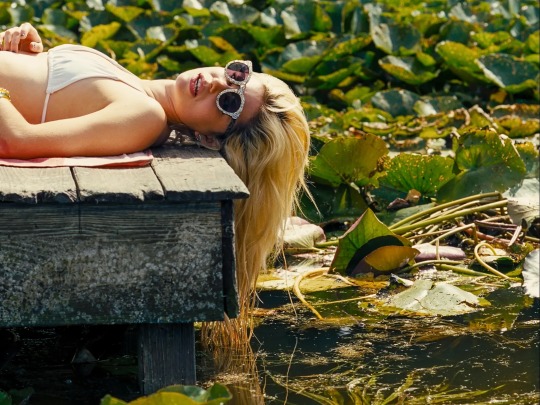





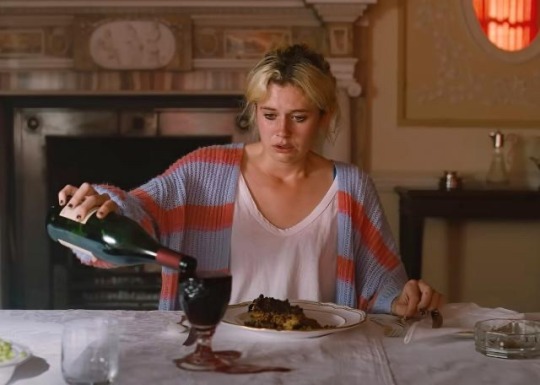
Saltburn (2023)
Directed by Emmerald Fennell
#aestheitcs#aestetictumblr#aesthetic#saltburn#jacob elordi#rosamund pike#barry keoghan#alison oliver#england#movie#cine#cinephile
39 notes
·
View notes
Text

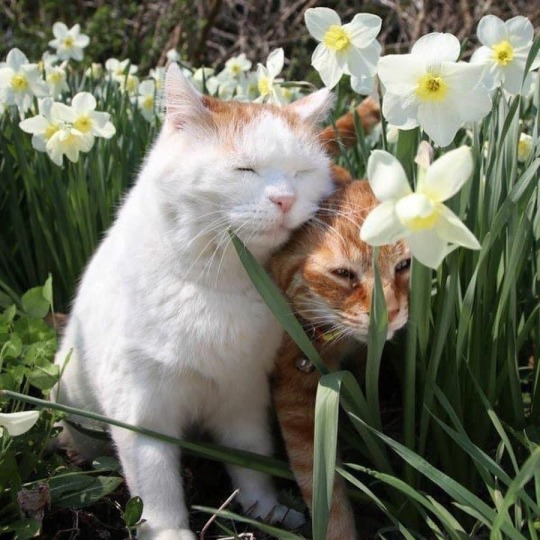

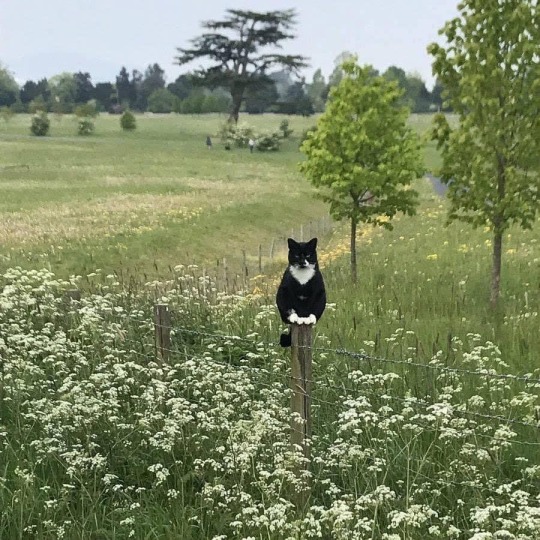
Cuteness
#aestheitcs#aestetictumblr#aesthetic#cottageblr#kitty#kittyposting#kitty cat#cute kitty#kitty purrs#kitten#cottagecore#cottage vibes#cottage academia#flower
43 notes
·
View notes
Text
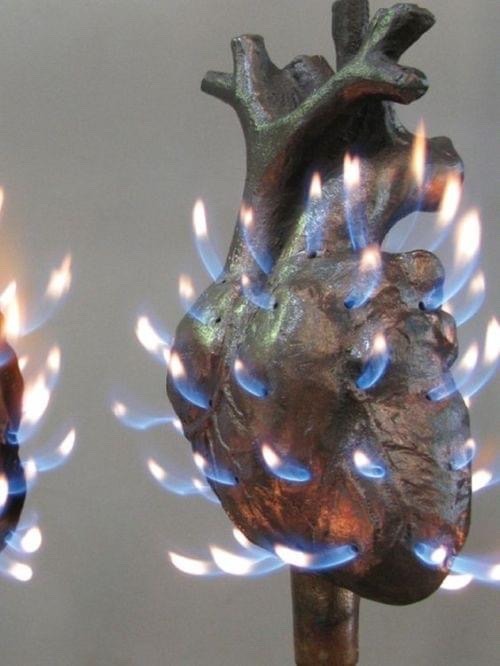
By Vanderlei Lopes
#aestheitcs#aestetictumblr#aesthetic#magical#artistic#art#artwork#artsy#heart#heartsteel#burning#flames
17 notes
·
View notes
Text



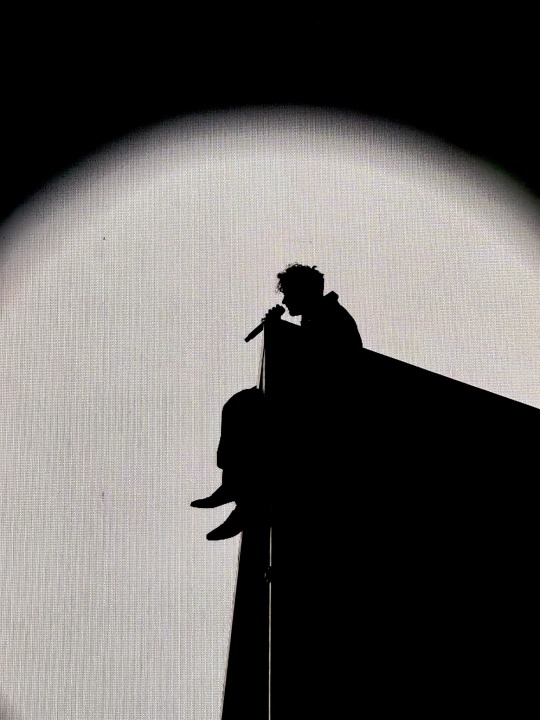

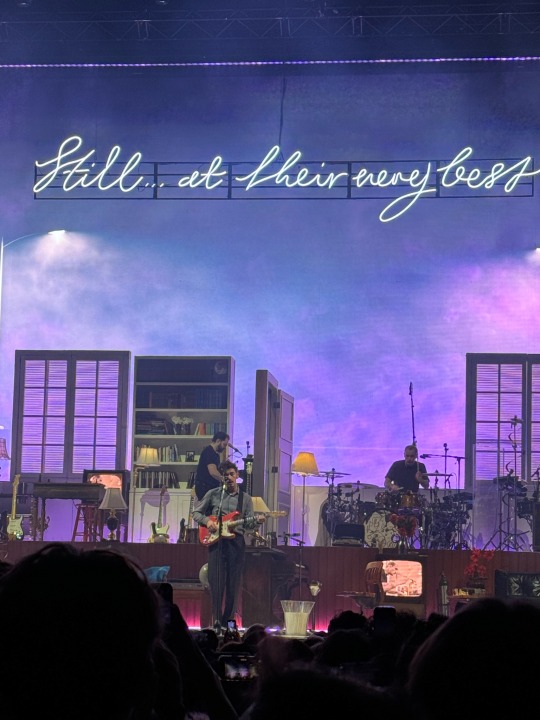
The 1975
Still… at their very best your
PDX 12.1.23
#aestheitcs#the 1975#the 1975 tour#the 1975 still at their very best#the 1975 aesthetic#matty 1975#1975 band#aestetictumblr#aesthetic#band#portland#indie rock#indie#the 1975 concert#concert#the 1975 live#magical#concert aesthetic
12 notes
·
View notes

